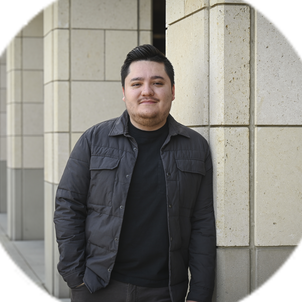My family eventually moved to the U.S. and I attended UC Berkeley for both my undergraduate and graduate studies. Throughout much of my education, I didn’t really appreciate the impact of role models. I thought, “I’m strong, I’m working on interesting research problems, I don’t really need any role models.” But then I met Anca Dragan. She joined Berkeley as a faculty member as I was nearing the completion of my PhD. I began to work with her and something shifted for me. Prior to meeting her, I always had male advisors and mentors. And for some reason, I couldn’t see myself in them the way I could see myself in Anca. As I watched her become an academic and build a research group, for the first time it occurred to me that I, too, could become a professor. In 2017 I joined the Stanford faculty, and it’s interesting to me that I never thought something like this was attainable until I started seeing myself in Anca. In my work at Stanford I hope that I might also be able to be a role model for students and help people expand their ideas of what’s possible.
I’m currently working on algorithm design for safe and interactive human-robot systems. Early on in my academic career, I studied the theoretical side of formal methods. Specifically, I was studying verification, or methods for proving or disproving the correctness of algorithms. I wasn’t that excited about just the theoretical aspects of formal methods and found myself wanting to apply it to something. I ended up joining a lab that was exploring the question, “Is it possible to provide proofs that autonomous cars are going to be safe?” It was a really difficult problem. I spent the first three years of my PhD on it. And then I had this epiphany. One of the biggest problems when we think about guaranteeing the safety of autonomous cars is actually trying to understand how humans interact with them, and how humans are influenced by them. This discovery got me interested in the idea of modeling human behavior and studying the rich interactions between humans and robots.
Related spotlights

Adrienne Propp

Lara Weed

